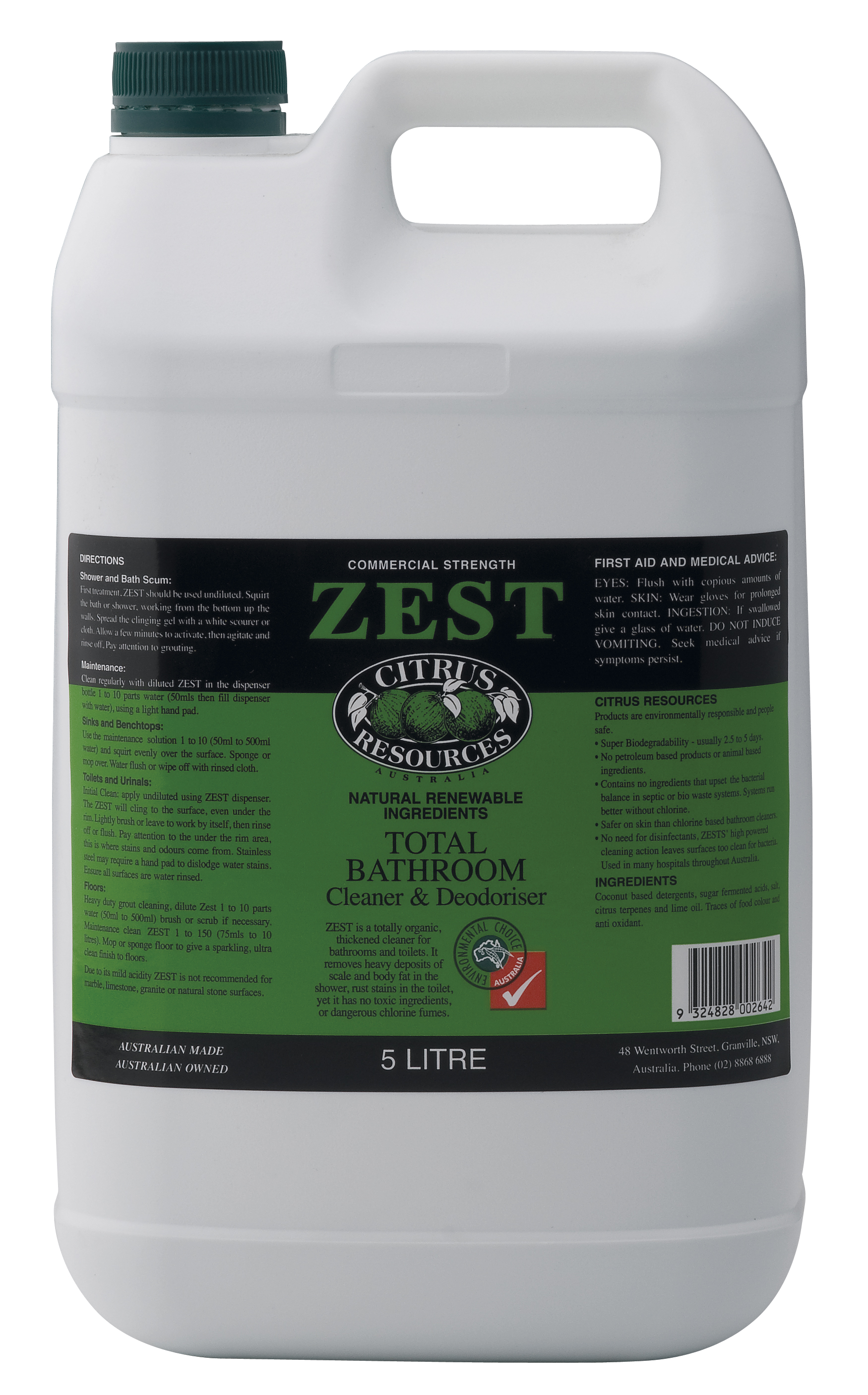Bathroom hygiene refers to the practices and measures taken to ensure cleanliness, sanitation, and health within the toilet surroundings. Proper rest room hygiene is important for sustaining private well-being, stopping the spread of germs and ailments, and creating a snug and protected house. Here are key elements of loo hygiene:
Personal Hygiene:
Handwashing: One of probably the most important aspects of bathroom hygiene is washing your arms completely with soap and water after utilizing the lavatory. Proper handwashing helps forestall the unfold of germs and micro organism.
Using Toilet Paper: Proper use of toilet paper or other appropriate hygiene products to clean oneself after using the bathroom is essential for private hygiene.
Washroom Supplies Coventry :
Flushing: Always flush the toilet after use to take away waste and stop odors. Some bogs have dual-flush mechanisms, permitting you to use less water for liquid waste.
Toilet Cleaning: Regularly clear the inside of the toilet bowl, including under the rim, to take away stains and prevent the buildup of micro organism. Use applicable toilet bowl cleaner and a toilet bowl brush.
Toilet Seat: Wipe the bathroom seat with an all-purpose cleaner or disinfecting wipes to keep it clear and freed from germs.
Sink and Faucet Hygiene:
Regular Cleaning: Clean the sink and tap handles frequently with an all-purpose cleaner to take away soap scum, toothpaste, and different residues.
Avoiding Cross-Contamination: After utilizing the bathroom, avoid touching the sink and faucet until you might have washed your palms to stop cross-contamination.
Shower and Bath Hygiene:
Cleaning: Regularly clear the bathe or bathtub to prevent mold, mildew, and cleaning soap scum buildup. Use acceptable cleansing products and scrubbing tools.
Drain Maintenance: Keep drains away from hair and debris to stop clogs.
Floor Hygiene:
Regular Sweeping and Mopping: Sweep or vacuum the bathroom ground to take away dust and dirt frequently. Mop the floor with an appropriate cleaner to keep up cleanliness.
Adequate Drainage: Ensure that the toilet floor is designed to allow correct drainage, stopping water from accumulating on the ground.
Ventilation:
Proper Ventilation: Adequate ventilation is essential in loos to stop the buildup of moisture, which can result in mold and mildew growth. Use exhaust fans or open windows to enhance ventilation.
Use of Disposables and Waste Management:
Proper Disposal: Dispose of used hygiene products, such as bathroom paper and tissues, in designated bins or waste containers. Avoid flushing items that may clog the toilet.
Hygienic Waste Management: Ensure that rest room waste containers are often emptied and cleaned to prevent odors and the attraction of pests.
Hand Hygiene Supplies:
Handwashing Essentials: Always hold handwashing essentials like soap, hand sanitizer, and disposable paper towels or a clear hand towel available in the toilet.
Maintenance:
Regular Maintenance: Repair any plumbing points promptly, corresponding to leaks or dripping taps, to forestall water damage and maintain a hygienic rest room surroundings.

Personal Items and Toiletries:
Personal Storage: Store private toiletries and objects neatly and in designated areas to reduce clutter and facilitate cleansing.
Bathroom hygiene isn't only about private cleanliness but in addition about creating a secure and sanitary environment for everyone who makes use of the toilet. Regular cleansing, proper handwashing, and good hygiene practices are essential for maintaining bathroom hygiene and promoting overall well being and well-being..
